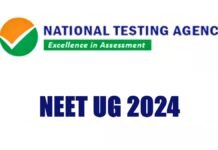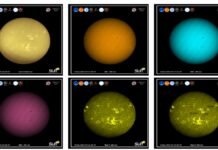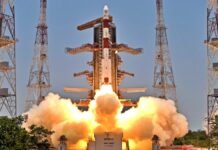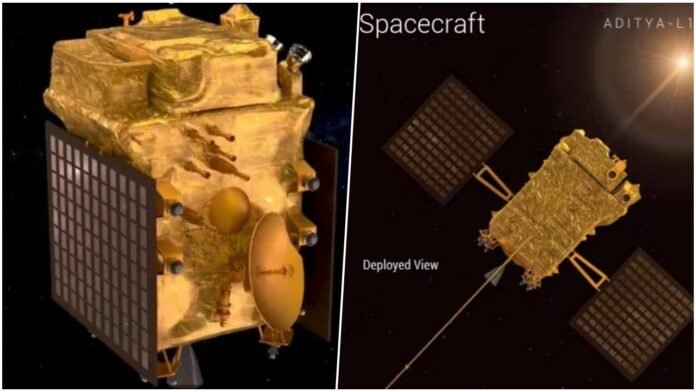
Bengaluru: In a historic achievement, the Indian Space Research Organization (ISRO) has successfully placed its first space-based mission to study the Sun, Aditya-L1, into its final orbit around the Sun-Earth Lagrangian point 1 (L1) on Saturday. The spacecraft, which was launched on September 2, 2023, from Sriharikota, has traveled about 15 lakh kilometers from the Earth to reach its destination.
The L1 point is a special location in space where the gravitational forces of the Earth and the Sun balance each other, allowing a spacecraft to maintain a stable position relative to both celestial bodies. The L1 point is about one percent of the total distance between the Earth and the Sun or about 1.5 million kilometers from the Earth.
Aditya-L1 has entered a halo orbit around the L1 point, which is a periodic, three-dimensional orbit that traces a circular path around the L1 point. The advantage of this orbit is that it allows the spacecraft to have a continuous view of the Sun, without any obstruction from the Earth or the Moon. This will enable the spacecraft to observe solar activities and their impact on space weather in real-time.
Aditya-L1 carries seven scientific instruments on board, which will perform remote sensing and in-situ measurements of the solar corona, the outermost layer of the Sun’s atmosphere, and the solar wind, the stream of charged particles that emanates from the Sun. The spacecraft will also study the dynamics of the solar atmosphere, the temperature, and density of the solar corona, the solar eruptions or coronal mass ejections (CMEs) that hurl plasma and magnetic fields into space, the solar flares that produce intense bursts of radiation, and their effects on the near-Earth environment. The mission aims to improve our understanding of the Sun and its influence on the Earth and other planets.
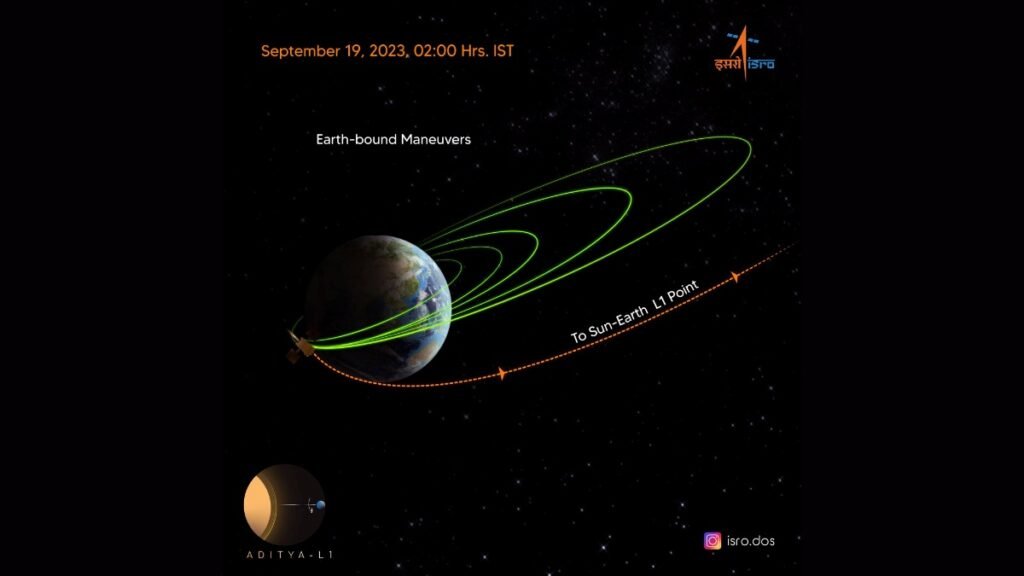
Aditya-L1 is India’s first dedicated mission to explore the Sun and its phenomena. It is also the first Indian spacecraft to venture beyond the Earth’s orbit. The mission is expected to last for at least five years and provide valuable data for the scientific community and the public.


